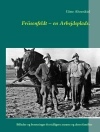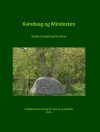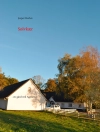This book explores the dynamics of the interaction between the development of creative industries and urban land use in Nanjing, a metropolis and a growth pole in the Yangtze River Delta. In the last two decades, China’s economy has been undergoing dramatic growth.
Yet, accompanying with China’s economic success is the disturbing environmental deterioration and energy concerns. These issues together with the diminution of the advantage of low-cost labour force present many Chinese cities, particularly big cities specialising in manufacturing in the most developed regions, the urgency to find new approaches to ‘creative China’.
As an ancient city featured by abundance of cultural heritages and legacies of heavy industries, Nanjing has been striving for a decade to transform its economy towards a creative economy by cultivating creative industries. In parallel with the flourishing of creative industries are contest for land resources among differentinterest parties and restructuring of urban land use. Both are new challenges for urban planning. This complex process is examined in this book by an interdisciplinary approach which integrates GIS, ABM, questionnaire investigation and interview.
Inhoudsopgave
The Development of Creative Industries and Urban Land Use: Introduction.-The development of creative industries and urban land use: revisit the interactions from complexity perspective.- Application of agent-based modelling to the dynamics of creative industries’ interactions with urban land use: an introduction.- The foundation for agent-based modelling: empirical evidence of creative industries’ interactions with urban land use in Nanjing.- Simulating the dynamics of creative industries’ interactions with urban land use by agent-based modelling.- Model validation and scenario analysis.- Examining the dynamics by incorporating GIS data with the CID-USST model.- Conclusions and further development.- Appendix.- Index












